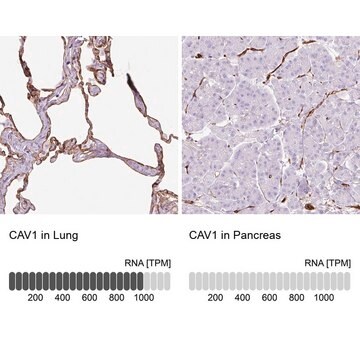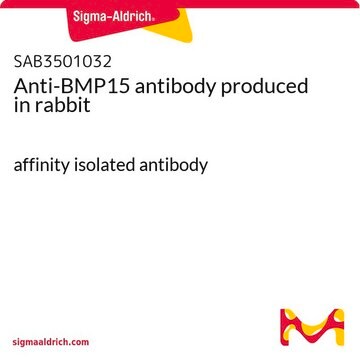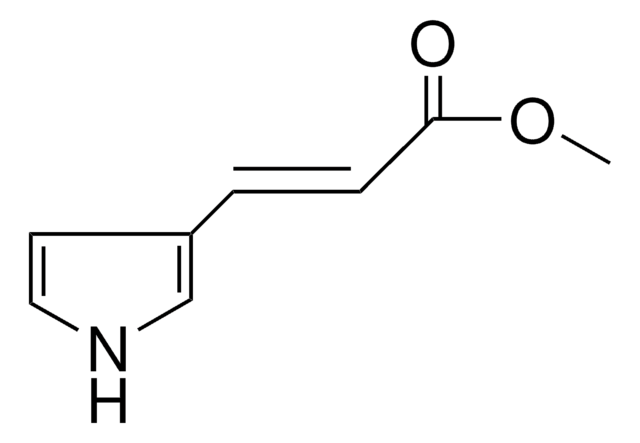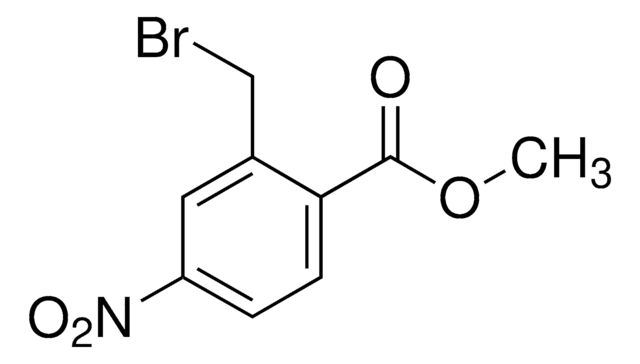MABT820
Anti-Integrin alpha 5 (CD49e) Antibody, clone mAb16
clone mAb16, from rat
Synonym(s):
CD49 antigen-like family member E, Fibronectin receptor subunit alpha, Integrin alpha-F, VLA-5, CD49e
About This Item
Recommended Products
biological source
rat
Quality Level
antibody form
purified antibody
antibody product type
primary antibodies
clone
mAb16, monoclonal
species reactivity
human
technique(s)
immunocytochemistry: suitable
immunoprecipitation (IP): suitable
inhibition assay: suitable
isotype
IgG2aκ
NCBI accession no.
UniProt accession no.
shipped in
ambient
target post-translational modification
unmodified
Gene Information
human ... ITGA5(3678)
General description
Specificity
Immunogen
Application
Inhibition Analysis: A representative lot inhibited WI38 fibroblast attachment to fibronectin (Akiyama, S.K., et. al. (1989). J Cell Biol. 109(2):863-75).
Inhibition Analysis: A representative lot inhibited A375-SM cell spreading. (Humphries, J.D., et. al. (2005). J Biol Chem. 280(11):10234-43).
Immunocytochemistry Analysis: A representative lot detected Integrin alpha5 (CD49e) in Immunocytochemistry applications (Akiyama, S.K., et. al. (1989). J Cell Biol. 109(2):863-75).
Immunoprecipitation Analysis: A representative lot immunoprecipitated Integrin alpha5 (CD49e) in Immunoprecipitation applications (Akiyama, S.K., et. al. (1989). J Cell Biol. 109(2):863-75).
Cell Structure
Quality
Immunocytochemistry Analysis: A 1:25 dilution of this antibody detected Integrin alpha5 (CD49e) in human Foreskin Fibroblast (HFF) cells.
Target description
Physical form
Storage and Stability
Handling Recommendations: Upon receipt and prior to removing the cap, centrifuge the vial and gently mix the solution. Aliquot into microcentrifuge tubes and store at -20°C. Avoid repeated freeze/thaw cycles, which may damage IgG and affect product performance.
Other Notes
Disclaimer
Not finding the right product?
Try our Product Selector Tool.
recommended
Storage Class Code
12 - Non Combustible Liquids
WGK
WGK 2
Certificates of Analysis (COA)
Search for Certificates of Analysis (COA) by entering the products Lot/Batch Number. Lot and Batch Numbers can be found on a product’s label following the words ‘Lot’ or ‘Batch’.
Already Own This Product?
Find documentation for the products that you have recently purchased in the Document Library.
Our team of scientists has experience in all areas of research including Life Science, Material Science, Chemical Synthesis, Chromatography, Analytical and many others.
Contact Technical Service







